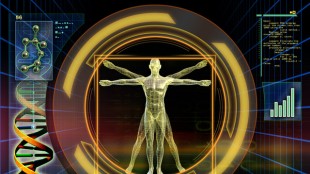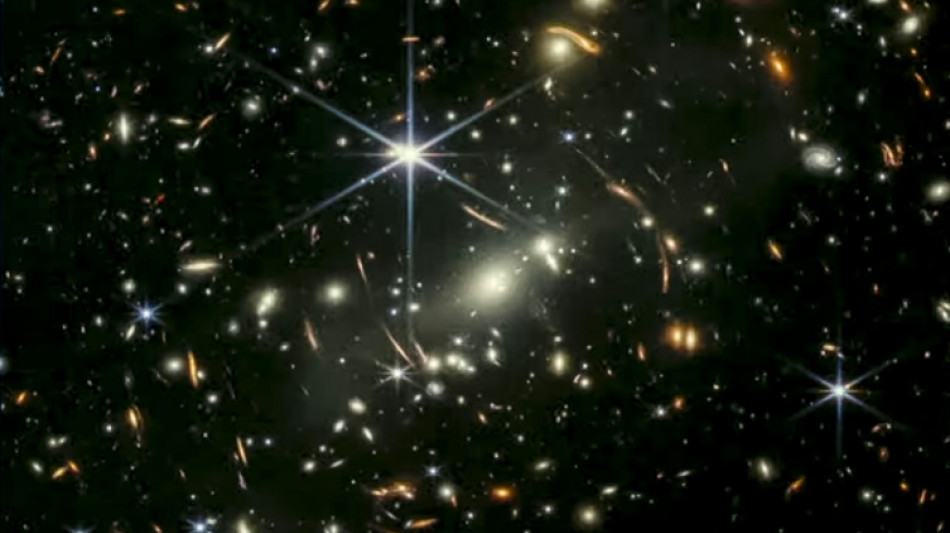
-
 Simbine wins 100m in photo finish thriller as Duplantis dominates
Simbine wins 100m in photo finish thriller as Duplantis dominates
-
Atletico held at Alaves in dry Liga draw

-
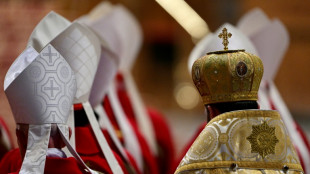 Cardinals meet ahead of vote for new pope
Cardinals meet ahead of vote for new pope
-
Snooker star Zhao: from ban to cusp of Chinese sporting history

-
 Tielemans keeps Villa in chase for Champions League place
Tielemans keeps Villa in chase for Champions League place
-
Anthony Albanese: Australia's dog-loving, Tory fighting PM
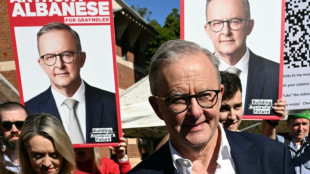
-
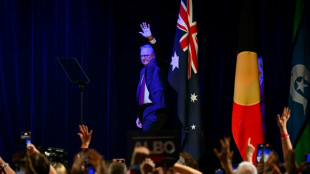 Trump may have aided Australian PM's election victory: analysts
Trump may have aided Australian PM's election victory: analysts
-
Right-leaning Australian opposition leader loses election, and seat
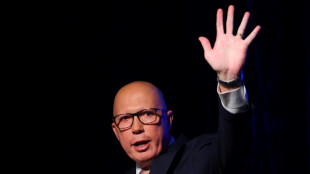
-
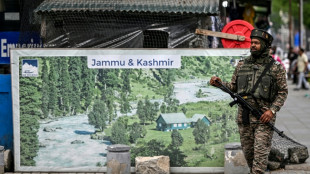 India blocks Pakistani celebrities on social media
India blocks Pakistani celebrities on social media
-
Ancelotti says he will reveal future plans at end of season

-
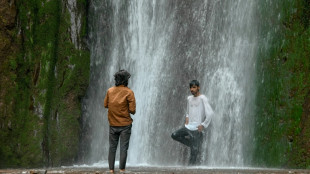 India-Pakistan tensions hit tourism in Kashmiri valley
India-Pakistan tensions hit tourism in Kashmiri valley
-
Bangladesh Islamists rally in show of force
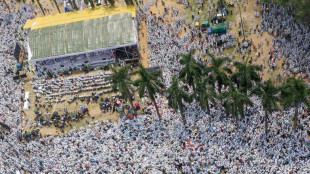
-
 Zelensky says won't play Putin's 'games' with short truce
Zelensky says won't play Putin's 'games' with short truce
-
Cardinals meet ahead of papal election
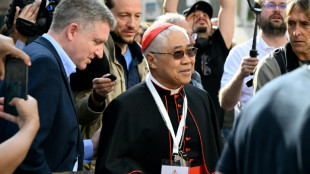
-
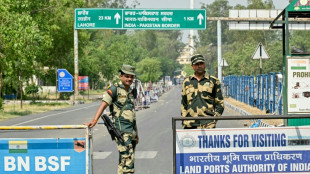 Pakistan tests missile weapons system amid India standoff
Pakistan tests missile weapons system amid India standoff
-
France charges 21 prison attack suspects
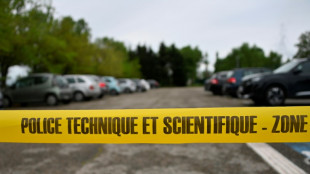
-
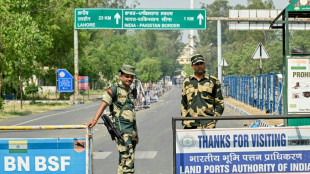 Pakistan military says conducts training launch of missile
Pakistan military says conducts training launch of missile
-
Lives on hold in India's border villages with Pakistan
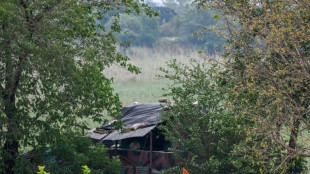
-
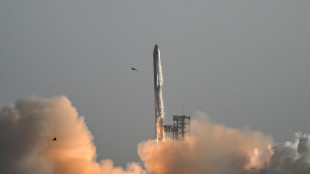 Musk's dreams for Starbase city in Texas hang on vote
Musk's dreams for Starbase city in Texas hang on vote
-
Rockets down Warriors to stay alive in NBA playoffs

-
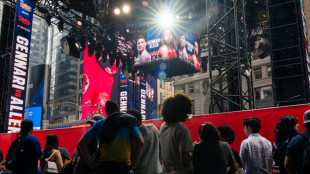 Garcia beaten by Romero in return from doping ban
Garcia beaten by Romero in return from doping ban
-
Inflation, hotel prices curtail Japanese 'Golden Week' travels

-
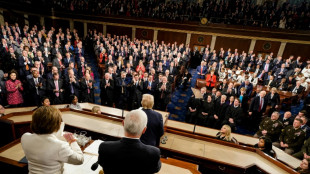 Trump's next 100 days: Now comes the hard part
Trump's next 100 days: Now comes the hard part
-
Mexican mega-port confronts Trump's tariff storm

-
 Trump's tariffs bite at quiet US ports
Trump's tariffs bite at quiet US ports
-
Ryu stretches lead at LPGA Black Desert Championship

-
 Singapore votes with new PM seeking strong mandate amid tariff turmoil
Singapore votes with new PM seeking strong mandate amid tariff turmoil
-
Five things to know about the Australian election
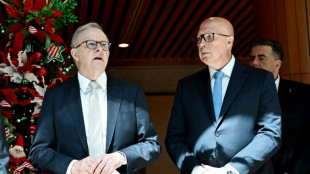
-
 Scheffler fires 63 despite long delay to lead CJ Cup Byron Nelson
Scheffler fires 63 despite long delay to lead CJ Cup Byron Nelson
-
Still Owe the IRS? Clear Start Tax Breaks Down How the Fresh Start Program Can Help You Settle for Less
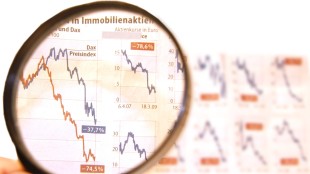
-
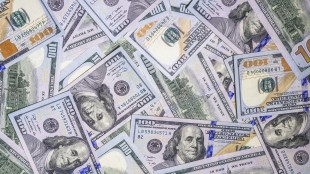 GISEC Global 2025: Dubai Mobilises Global Cyber Defence Leaders to Combat AI-Driven Cybercrime and Ransomware
GISEC Global 2025: Dubai Mobilises Global Cyber Defence Leaders to Combat AI-Driven Cybercrime and Ransomware
-
Israel launches new Syria strikes amid Druze tensions
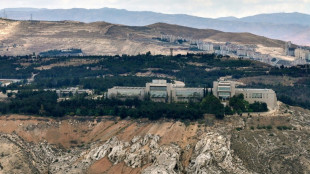
-
 Finke grabs 400m medley victory over world record-holder Marchand
Finke grabs 400m medley victory over world record-holder Marchand
-
Apple eases App Store rules under court pressure
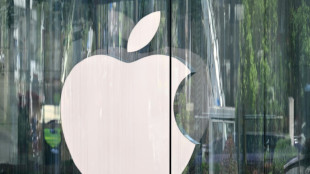
-
 Polls open in Australian vote swayed by inflation, Trump
Polls open in Australian vote swayed by inflation, Trump
-
Russell clocks second fastest 100m hurdles in history at Miami meeting

-
 Germany move against far-right AfD sets off US quarrel
Germany move against far-right AfD sets off US quarrel
-
Billionaire-owned Paris FC win promotion and prepare to take on PSG

-
 Teenager Antonelli grabs pole for Miami sprint race
Teenager Antonelli grabs pole for Miami sprint race
-
Man City climb to third as De Bruyne sinks Wolves

-
 Mercedes' Wolff backs Hamilton to come good with Ferrari
Mercedes' Wolff backs Hamilton to come good with Ferrari
-
'Devastated' Prince Harry says no UK return but seeks reconciliation
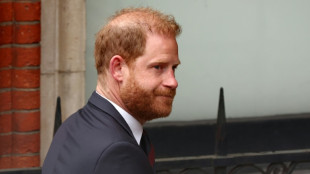
-
 Elway agent death likely accidental: report
Elway agent death likely accidental: report
-
Turkish Cypriots protest new rule allowing hijab in school

-
 Germany's AfD dealt blow with right-wing extremist label
Germany's AfD dealt blow with right-wing extremist label
-
Trump NASA budget prioritizes Moon, Mars missions over research
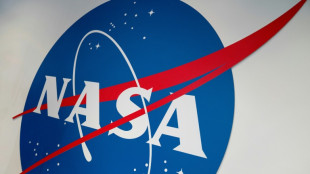
-
 Hard-right romps through UK polls slapping aside main parties
Hard-right romps through UK polls slapping aside main parties
-
Rangers hire two-time NHL champion Sullivan as coach

-
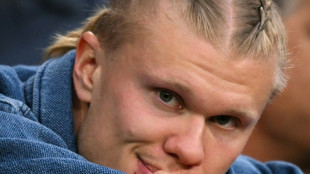 Haaland on bench for Man City as striker returns ahead of schedule
Haaland on bench for Man City as striker returns ahead of schedule
-
US designates two Haitian gangs as terror groups


Webb telescope reveals deepest image of early universe
Humanity's view of the distant cosmos will never be the same.
The James Webb Space Telescope, the most powerful to be placed in orbit, has revealed the clearest image to date of the early universe, going back 13 billion years, NASA said Monday.
The stunning shot, released in a White House briefing by President Joe Biden, is overflowing with thousands of galaxies and features some of the faintest objects observed, colorized in blue, orange and white tones.
Known as Webb's First Deep Field, it shows the galaxy cluster SMACS 0723, which acts as a gravitational lens, bending light from more distant galaxies behind it towards the observatory, in a cosmic magnification effect.
Webb's primary imager NIRCam -- which operates in the near infrared wavelength spectrum because light from the early universe has been stretched out by the time it reaches us -- has brought these faint background galaxies into focus.
Webb compiled the composite shot in 12.5 hours, achieving well beyond what its predecessor the Hubble Space Telescope could in weeks.
"Fantastic -- galaxies upon galaxies upon galaxies," Jonathan Lunine, chair of the astronomy department at Cornell University told AFP, rejoicing with the rest of the global astronomy community.
"Even though this is by no means the farthest Webb can see, it's the deepest image ever taken, and shows the power of this remarkable telescope: tremendous sensitivity, a broad range of wavelengths, and sharp image clarity."
Avi Loeb, a professor of astronomy at Harvard, explained the reddish arcs are the ancient galaxies, while the light colored circles and ellipses belong to the younger galaxy cluster in the foreground.
He added he was "thrilled" about the idea of Webb looking even closer back to the Big Bang, 13.8 billion years ago.
- Stellar nursery -
The next set of images will be released Tuesday, revealing details about the atmosphere of faraway planets, "stellar nurseries" where stars form, galaxies locked in a dance of close encounters, and the cloud of gas around a dying star.
Carina Nebula, a stellar nursery, is famous for its towering pillars that include "Mystic Mountain," a three-light-year-tall cosmic pinnacle captured in an iconic image by Hubble.
Webb has also carried out a spectroscopy -- an analysis of light that reveals detailed information -- on a gas giant planet called WASP-96 b, which was discovered in 2014.
Nearly 1,150 light-years from Earth, WASP-96 b is about half the mass of Jupiter and zips around its star in just 3.4 days.
Nestor Espinoza, an STSI astronomer, told AFP that previous exoplanet spectroscopies carried out using existing instruments were very limited compared to what Webb could do.
"It's like being in a room that is very dark and you only have a little pinhole you can look through," he said of the prior technology. Now, with Webb, "You've opened a huge window, you can see all the little details."
- Million miles from Earth -
Launched in December 2021 from French Guiana on an Ariane 5 rocket, Webb is orbiting the Sun at a distance of a million miles (1.6 million kilometers) from Earth, in a region of space called the second Lagrange point.
Here, it remains in a fixed position relative to the Earth and Sun, with minimal fuel required for course corrections.
A wonder of engineering, the total project cost is estimated at $10 billion, making it one of the most expensive scientific platforms ever built, comparable to the Large Hadron Collider at CERN.
Webb's primary mirror is over 21 feet (6.5 meters) wide and is made up of 18 gold-coated mirror segments. Like a camera held in one's hand, the structure must remain as stable as possible to achieve the best shots.
Charlie Atkinson, chief engineer on the James Webb Space Telescope program at lead contractor Northrop Grumman, told AFP that it wobbles no more than 17 millionths of a millimeter.
After the first images, astronomers around the globe will get shares of time on the telescope, with projects selected competitively through a process in which applicants and selectors don't know each other's identities, to minimize bias.
Thanks to an efficient launch, NASA estimates Webb has enough propellant for a 20-year life, as it works in concert with the Hubble and Spitzer space telescopes to answer fundamental questions about the cosmos.
D.Moore--AMWN
